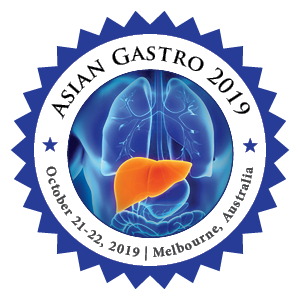Sun Young Park
University of Korea, Seoul, Republic of Korea
Title: Comparison of operative outcomes (including depressed postoperative skin scar incidences) between Conventional Linear Skin Closure versus Purse-string Skin Closure in Ileostomy Reversal
Biography
Biography: Sun Young Park
Abstract
Purpose
Ileostomy closure is one of the most frequently performed surgeries. Currently, two techniques comprise most of the stoma reversals performed: conventional linear skin closure (LC) and purse-string skin closure (PS). In this study, we investigated the advantage and disadvantages of two closing methods.Materials and Methods
The retrospectively collected data was based on 116 consecutive patients who underwent ileostomy takedown between October 2015 and January 2019 in the tertiary hospital colorectal surgery part. Conventional linear closure was performed in 67 patients and purse-string suture was performed in 49 patients. The medical records including antibiotics use duration, oral antibiotics use were reviewed and postoperative outcomes, including SSI, OPD visit frequencies, scar features and incisional hernia were analyzed.
Results
LC group shows incisional hernia more than PS groups. (9 vs 3 P=0.029). Postoperative antibiotics use were different (12days vs 3days, p=0.009). And skin depression of scar site were more often in PS groups.( 8 vs 0 ,P=0.02)
Conclusion
Purse-string skin closure showed comparable outcomes in terms of severe complication rates (SSI or incisional hernia) to those of linear skin closure. Thus purse-string skin closure could be a good alternative to the conventional linear closure. But in young, overweight patients PS suture can makes skin dimple after wound healing so it could be considered before which technique is chosen.

